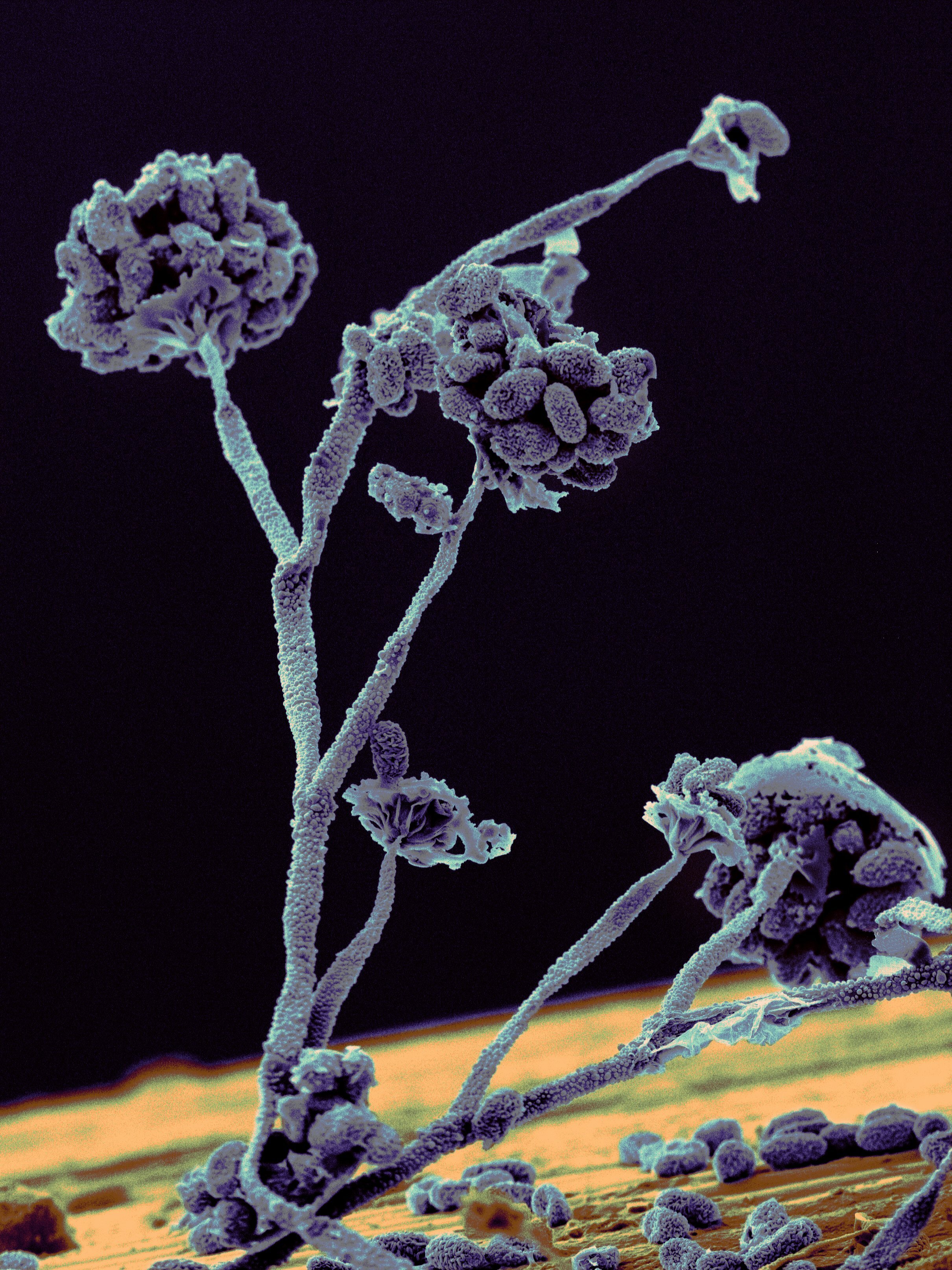
Serving Remediation and Restoration Contractors, Construction Industry, Insurance Professionals, Health Care Providers
Elite Training for Remediation in the Age of Medical Genetics
Some of the Earth's greatest landscapes are homes for mold and bacteria.
In these settings, balance is achieved with nature.
When mold and bacteria find their way into our buildings, it’s a different story.
Advanced Protocols to Serve Medically Sensitive Clients - And Appropriate for All Clients
Training based on 20 years of experience using protocols recognized by physicians as effective in restoring healthy healing environments .
Photography provided by Aro Ha
Water…Essential for life on Earth.
Water.. Essential for mold and bacteria damage inside our buildings,
Mold and Bacteria - Remediation in the Age of Medical Genetics
Medical research and innovations in genetic testing are holding remediators to higher standards of care. Learn about the enemy - small inhalable particles . Remediation protocols based on ANSI / IICRS S520-2015 and ANSI / IICRS S500-2015 are taken to the next level of cleanliness for clients with medical problems in homes and workplaces.
This course provides a scientific understanding of exposure that may cause harm. Once understood, remediation protocols address the sources of exposures and become more effective and efficient.
For remediation contractors, construction industry, insurance professionals, and health care providers.
Small Particle Remediation - AMA CMEs for Medical Professionals
Training accepted by the American Medical Association for Continuing Education for health care professionals. Learn how to be the first line of defense for patients and clients facing the daunting task of remediation their homes.
Just as they have to understand the diseases and conditions that bring patients to their offices, physicians, nurses and health practitioners are learning more about what is causing environmental unbalances contributing to the patient conditions.
Stachybotrys chartarum hyphae, fruiting structures and spores.
“Know thy self, know thy enemy. A thousand battles, a thousand victories.”
Sun Tzu
Understanding the biology of mold and bacteria will lead to a greater understanding of Medical Grade Remediation protocols.
Penicillium chrysogenum Growth
with Exudate (Biofilm) Production
Timelapse footage of the growth of a culture of the mould Penicillium chrysogenum, the source of the antibiotic drug penicillin. This is a common mould often found growing on food or in damp environments. It comprises a fast-spreading network of hyphae (white) which absorb nutrients from its surroundings. As it matures, it produces blue-green conidia, long chains of reproductive spores. It produces penicillin to help it outcompete bacteria in its environment. The antibiotic properties of this compound were first discovered by Alexander Fleming in London, UK, in 1928. Mass production of penicillin as an antibiotic drug began with a colony taken from a mouldy cantaloupe melon found in Peoria, Illinois, USA, in 1942. This clip was filmed at one frame every 15 minutes (speeded up 22,500 times).


